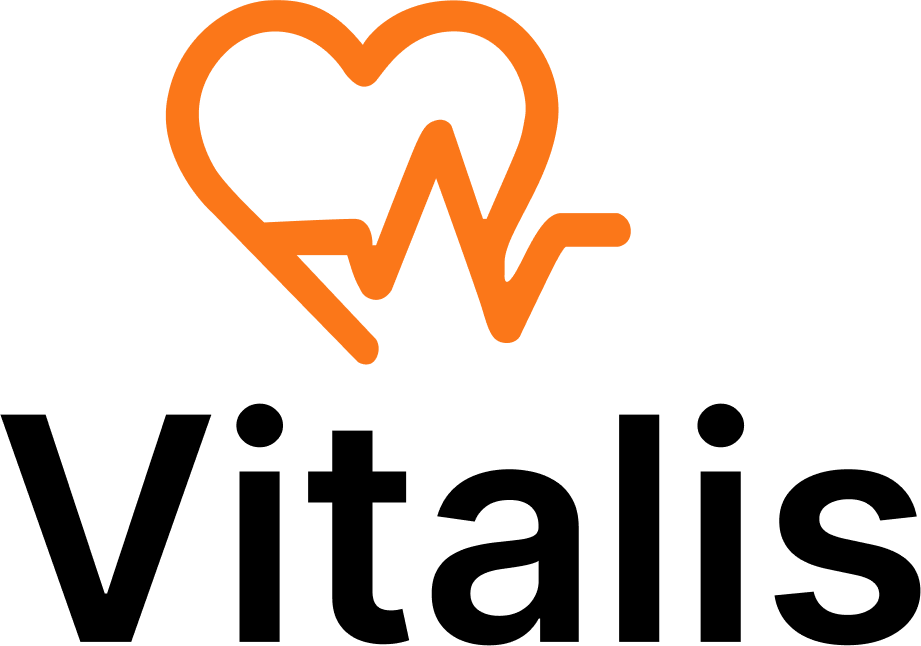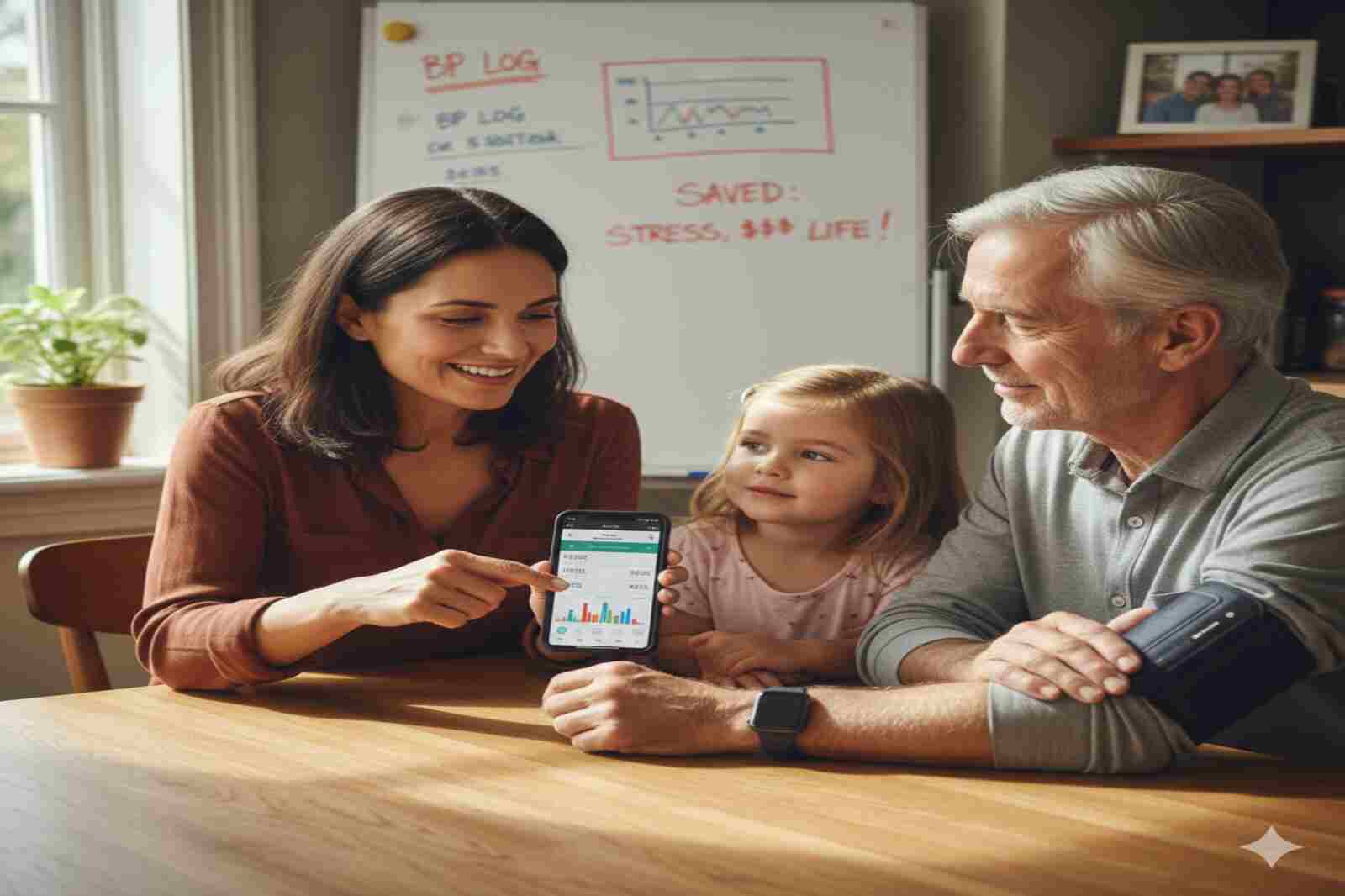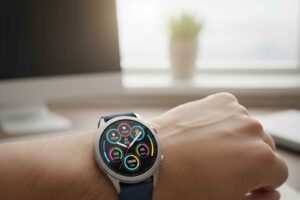Annual check-ups miss what happens between visits. Continuous health tracking through devices like blood pressure watches and remote patient monitoring catches health changes early—before they become emergencies. A mom shares how daily monitoring helped prevent her father-in-law’s hypertension from escalating, saving stress, money, and potentially his life.
You know how we moms tend to notice things no one else sees—the slight limp, the “off” tone in someone’s voice, the little pause before they stand up? That’s how I caught my father-in-law’s first red flags. One morning, he told me he felt lightheaded after climbing the stairs. His last doctor’s visit (six months ago) was totally fine. By the time I got him to the clinic, his numbers had already jumped, hence the cause for concern.
That’s when I decided: one check-up a year just isn’t enough. When you’re caring for an aging family and raising kids, you need to see all the small changes in between. That’s why I dove headfirst into continuous health tracking — and I’m here to tell you, it makes all the difference.
What Is Continuous Health Tracking?
Continuous health tracking is the practice of monitoring vital signs multiple times daily using wearable devices and remote monitoring systems, rather than relying solely on periodic doctor visits. Think of it as having a health surveillance system that watches for changes 24/7, catching problems before they escalate.
Annual Check-ups vs. Continuous Health Tracking: What’s the Difference?
| Annual Check-ups | Continuous Health Tracking |
|---|---|
| Single snapshot in time | Ongoing video of your health |
| Measures vitals 1-2 times per year | Tracks vitals multiple times daily |
| Can miss trends between visits | Captures gradual changes and patterns |
| Reactive (finds existing problems) | Preventative (catches early warning signs) |
| Requires clinic visits | Monitors from home automatically |
| Limited data for doctors | Rich trend data for better diagnosis |
Think of a medical check-up like a single snapshot in time: useful, but it doesn’t tell the whole story.
In real life, health is more like a video — paced, drifting, shifting. For someone like my father-in-law, his blood pressure might float up slowly over weeks, then dip back down on the day of his doctor’s visit, so everything looks fine. But underneath, the trend told a different story.
A few times, he’d complain of dizziness or fatigue, but tests came back “normal.” It was only when several small signs aligned — occasional headaches, restless nights, slightly elevated resting heart rate — that we saw the pattern: early hypertension.
So yes, check-ups are an important reminder to keep your health in mind. But the “video” in between? That’s where you catch the early whispers of trouble.
What Daily Health Monitoring Really Means to You and Me
Don’t let this sound complicated. To me, continuous health tracking is like hiring a 24/7 nurse, but way less invasive.
We use Vitalis in our home, and maybe you should too:
- A blood pressure monitoring watch that checks numbers multiple times a day — no bulky cuff, no fuss.
- A medical alert watch that monitors vitals and can send alerts to caretakers if something goes wrong.
- Remote patient monitoring (RPM) systems, where the data from these devices goes straight to your doctor automatically. No more jotting down numbers in a notebook.
Yes, I’m juggling three kids, but these tools act like invisible helpers. When I’m cooking, doing laundry, or running errands, I have peace of mind that my father-in-law’s health is being watched too.
What You Can Monitor with Continuous Tracking
Best suited for:
- Hypertension and cardiovascular health
- Heart arrhythmias and irregular heartbeat
- Sleep apnea and breathing issues
- Chronic lung disease (COPD)
- Diabetes management
- Post-surgery recovery
- Elderly fall prevention
Why Do Vital Trends Matter?
“Why do I need continuous health tracking if I already go to annual checkups?”
One evening, my father-in-law’s watch beeped. The reading showed “elevated blood pressure.” My heart jumped, but instead of panicking, I looked at the trend over the past week:
- The watch flagged two small spikes after salty dinners.
- On days he skipped his afternoon nap, his resting heart rate crept upward.
- Over ten days, his average systolic pressure drifted up by 5 mm Hg.
That convinced his doctor to adjust his meds just a little — before any serious symptoms. We caught the drift before it turned into something worse.
Doctors often see late-stage damage: heart attacks, strokes, and kidney issues. Continuous tracking is preventative care, giving your health team early clues so you don’t wait until it’s “too late.”
How This Helps Me, the Kids, and My Sanity
Let me be honest: caregiving + motherhood = exhaustion overload. I have two little ones who think ketchup is a food group, a toddler who “loans” your phone to the dog, and a husband who travels often. The last thing I want is another medical crisis. We simply don’t have time for that!
Here’s how continuous tracking and remote monitoring benefit the whole family:
Prevented emergencies: That night when his watch beeped? It could’ve escalated, but we intervened early.
Saved money and stress: Small medication tweaks cost a fraction of hospital stays. (That’s what I call “Mom Math.”)
Gave me mental space: While I’m wrangling kids or folding laundry, I know my father-in-law is being watched too.
Empowered the whole family: My father-in-law feels more confident, knowing he’s supported but still independent.
Better doctor conversations: I bring graphs, trends, and a narrative. His doctors don’t have to guess or question what happened between visits — they see the vital trends.
Tracking gives us security, trust, and a safety net we can count on.
Don’t Just Take It From Me
I know I’m not the only one passionate about this! Over on r/QuantifiedSelf, Reddit users share their excitement with tracking their personal health data:
The Benefits People Notice
- One person tracked their blood pressure for 6 months and realized simple changes like hibiscus tea and more veggies helped lower their numbers.
- Another shared how mixing tools gave them a fuller picture of sleep, activity, and recovery.
- Even those with budget devices say that just seeing long-term trends makes a difference, even if the numbers aren’t perfect.
The Challenges They Face
- Some admit tracking gets overwhelming
- Others felt anxious when symptoms stared back at them
- A few mentioned devices don’t always measure what they need
My takeaway: you don’t need to measure everything, and it doesn’t have to be fancy. A simple watch or monitor that fits your life and your needs can give peace of mind without becoming a burden.
How to Start Continuous Health Tracking in 5 Steps
Step 1: Identify Your Priority Vitals Choose 1–2 key measurements based on your (or your loved one’s) health concerns. For most people with heart or blood pressure concerns, start with blood pressure and resting heart rate.
Step 2: Choose Reliable Devices Invest in wearables marketed for health accuracy, not just fitness tracking. Look for an FDA-approved blood pressure watch or medically validated devices.
Step 3: Set Up Smart Alerts Work with your doctor to customize alert thresholds. Don’t let your device alarm unnecessarily—focus on meaningful changes.
Step 4: Review Trends Weekly Check patterns over days and weeks, not individual readings. One high number doesn’t mean panic—consistent patterns do.
Step 5: Share Data with Your Doctor Use device apps that generate summary reports. Bring visual trends to appointments for more productive conversations.
What Does This Cost? Is It Worth It?
Typical Investment
- Basic blood pressure monitors: $30–$100
- Advanced BP monitoring watches: $200–$400
- Medical alert watches: $150–$500
- RPM service subscriptions: $30–$100/month (sometimes covered by insurance)
Return on Investment
Compare these costs to:
- Average ER visit: $1,500–$3,000
- Hospital stay for heart-related issues: $15,000–$50,000+
- Peace of mind: Priceless
When you weigh devices and monitoring services against hospital bills or emergency care, the investment often pays off—both financially and emotionally.
Frequently Asked Questions
Yes — these trackers supplement your medical care. They don’t replace labs, imaging, and physical exams. Think of continuous tracking as the data between appointments that makes those appointments more effective.
Some devices cost a few hundred dollars; RPM services may have subscription fees. But when you weigh them against hospital bills or emergency care, the investment often pays off. Many insurance plans now cover remote patient monitoring for chronic conditions.
That’s real. I had to retrain myself not to obsess over every beep. I look at weekly/monthly charts, not every single data point. Your doctor can provide the additional context. If you’re prone to anxiety, discuss a monitoring plan with your healthcare provider first.
Hypertension, heart health, arrhythmias, sleep/breathing issues, chronic lung disease — these are big candidates for early interception. Diabetes, post-surgical recovery, and elderly fall risk also benefit significantly.
FDA-cleared devices meet clinical accuracy standards. While they may not match hospital-grade equipment perfectly, they’re accurate enough to spot concerning trends. Always confirm concerning readings with your doctor.
More and more physicians embrace remote monitoring, especially for chronic conditions. Many healthcare systems now have RPM programs. Ask your doctor if they participate in remote patient monitoring programs.
Final Thoughts: Tools That Empower, Not Overwhelm
As a mom, caregiver, wife, and homemaker, life can get messy. I don’t want health to be another thing draining my energy. Continuous health tracking has become my secret ally — quietly watching, flagging the unusual, giving me and my father-in-law a safety net.
We live in a world of snapshots — doctor’s visits, test results, surprise diagnoses. But what if we could see the story between those snapshots? That’s what these tools give us: a story, a trend, a full-colored map.
With devices like the Vitalis BP Monitoring Watch, Vitalis Medical Alert Watch, and Vitalis RPM Services, you don’t have to wonder “Did I miss something?” You’ll see it.
If you’re caring for parents, in-laws, or juggling your family’s health, I promise — continuous tracking isn’t about adding guilt or gadgets. It’s about adding insight, reassurance, and early warnings that let you rest easier at night.
Key Takeaways
- Continuous health tracking captures trends that annual check-ups miss
- Daily monitoring enables preventative care instead of reactive treatment
- Small health changes over weeks reveal patterns that single appointments can’t detect
- Remote patient monitoring gives caregivers peace of mind and doctors better data
- Investment in tracking devices often prevents costly emergency care
- Start simple: pick 1-2 vital signs and focus on weekly trends, not daily fluctuations










